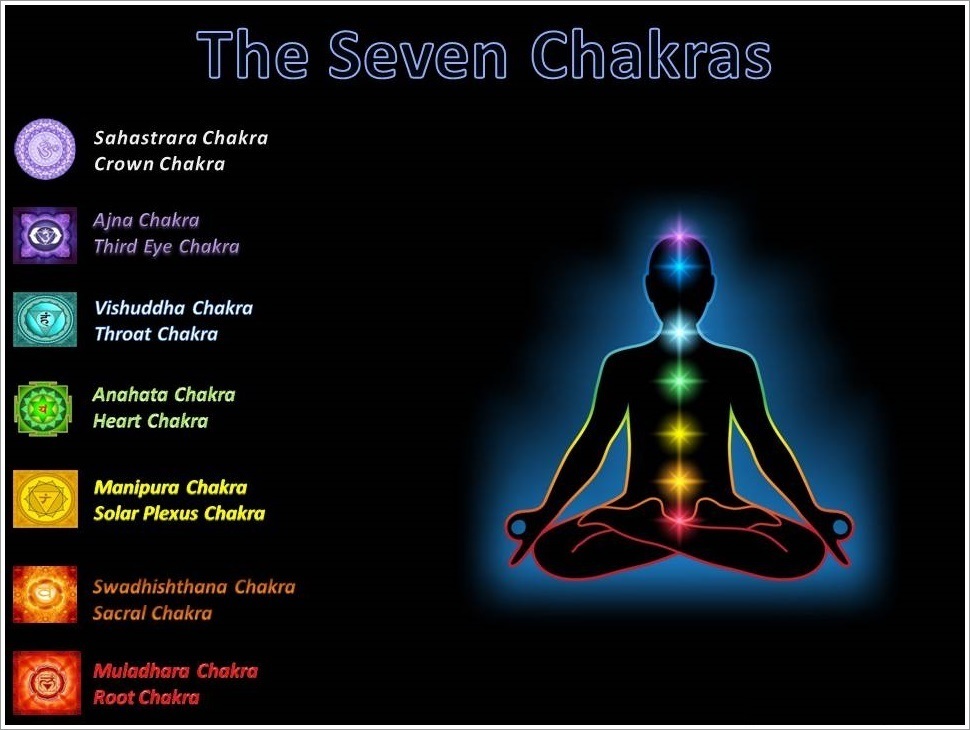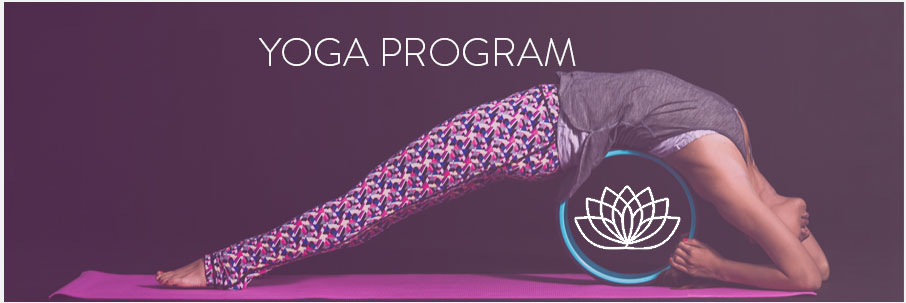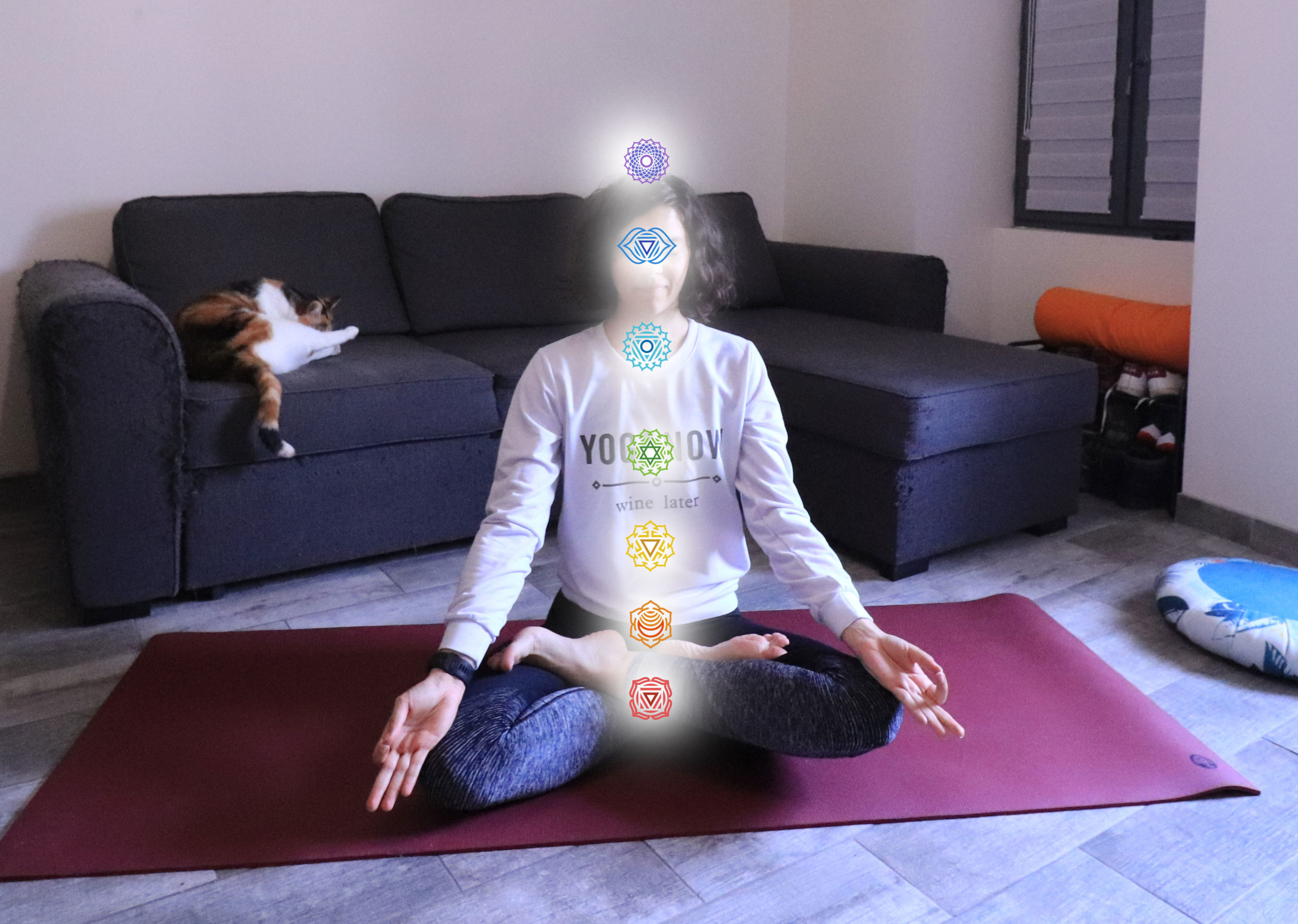What is a chakra
We've all heard about chakras, but what are they really? A myth or a reality? Can we influence our body, mind and even our soul simply by vibrating certain parts of our body? Maybe, at least that is what certain Indian traditions have been saying for millennia.
What are chakras?
Translated from Sanskrit, "chakra" means "wheel". Each chakra therefore represents a wheel that manages the energies by distributing them in our body. This interaction between the external environment, the body and the mind, conditions our being as much on the level of our health as on the level of our psyche and our body. There are seven chakras, all of which have a distinct role directly impacting our physiology, our nervous system, our behavior and our emotions. They are represented by the musical notes of the ground scale and the colors of the rainbow. In order for energies to circulate well and to live in harmony, the chakras must be open and in perfect synergy.
The seven chakras
From the moment we are born, we live in communion with our environment, we are an integral part of it. Our chakras are then completely open, giving us a feeling of harmony. But over time, through fears, pain, anxiety, body and mind tend to close, to close in on themselves to cut the relationship with the outside world, but also between body and mind. Opening your chakras allows you to restore balance, to break down the barriers that have naturally settled in order to regain the lost fullness, that feeling of happiness that you have almost forgotten. It's time to breathe and start vibrating your chakras!

Here is a very condensed summary of Yogic Anatomy to finally understand what these "chakras" are! A chakra is serious, concrete and not smoky! Go free them the time to understand.
According to yoga, we are made up not of one body but of 5!
- Anamayam, the physical body made of bones, flesh, blood, nerves + the 5 systems: digestive, respiratory and cardiac, urinary, elimination, reproduction.
- Pranamayam, the energy body. Energy or "prana" passing through fine pipes, each crossing of pipes is therefore one of these famous chakras!
- Manomayam, our mental body which receives information, analyzes it, gives orders and also keeps all these processes in memory.
- Vijnanamayam, which is the only thing in us that does not change. It is the heart of our personality. We can call it the soul for example.
- Anandamayam finally which means bliss which is our essential nature. But this body is rather cloudy... Especially because of the 4 other bodies anamayam, pranamayam, manomayam, and vijnanamayam, we can no longer see our true nature, nor understand this stage. Apart from the great spirituals who touch on this, we ourselves, common mortals, have lost the connection with this state.
The chakras are therefore at the level of Pranamayam, the energy body, acupuncture (or shiatsu) acts on these same channels.
Energy circulates between spaces and containers and this forms the nadis. The nadis are like fine pipes; some schools speak of 72.000 nadis but we will only remember the 3 most important ones: the one that ends in the left nostril (ida), the other in the right nostril (pingala) and the third one is wrapped around the column (sushuna).
The chakras (that we can neither see nor touch...) are thus the crossing point of the nadis. There are 6 main chakras:
- Muladhara, at the level of the perineum manages vital functions
- Svathistana, above the pubis, excretion, urination
- Manipura, at the level of the navel, digestion, metabolism
- Anahata, at the level of the heart, the cardiac and respiratory functions and the emotions
- Vishudi, at throat level, communication
- Agna, on the forehead, for higher functions such as the brain
We often talk about a 7th chakra, at the very top of the head, but this one is the big secret...
According to yoga, all illnesses are due to a blockage of prana in the nadis. As manomayam is very cunning, we ourselves are not aware of these blockages.
The goal in yoga and yogatherapy is to maintain the energy of prana: hypo / hyper / normal / normal + and this according to our needs (too much energy, not enough, what is needed, what to maintain). To balance the energy, we go through asanas, breathing (pranayama) and rhythms (soothing, energizing, stabilizing).
But the practice of asanas is a journey of the body to go beyond the physical. Because if we have blockages in our physical body, we also have blockages in our 4 other bodies.
And then at the level of Vijnanamaya, asanas will be necessary but will not be enough, we will then use methods such as pranayama, sounds, songs, mantras, meditation in order to solve the problems at this level more difficult to apprehend. Because those are indeed lower, deeper but with yoga, and only with yoga, we can relieve that!
This allows, for example, to break a family pathology that has lasted for generations ! All the hopes are thus allowed !


